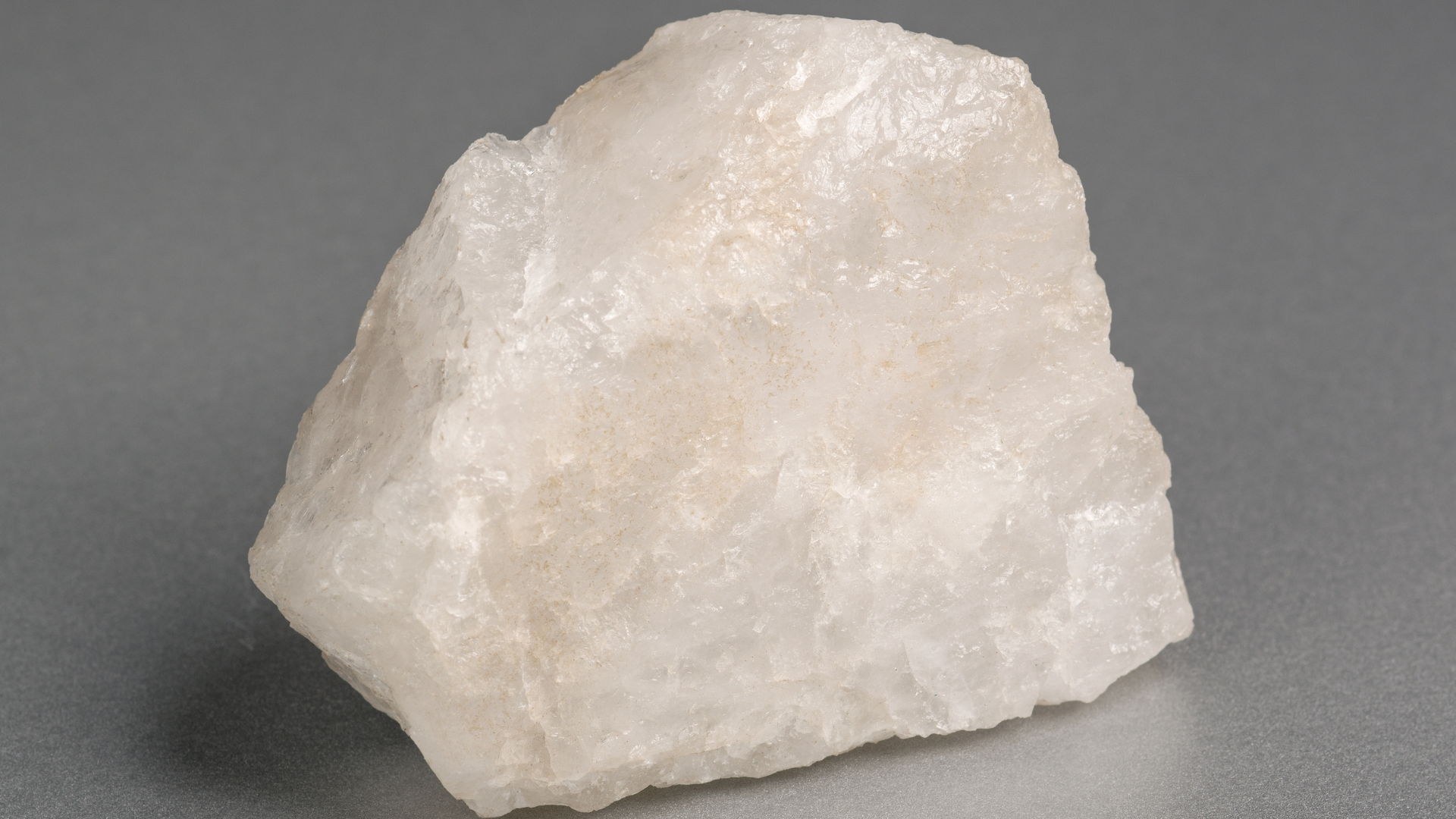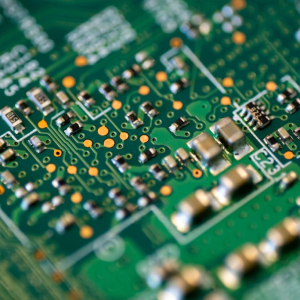Within the rapidly evolving world of electronic components, the extraordinary realm of piezoelectric crystals transcends mysticism to significantly enhance electronic components.
The idea of conjuring energy from crystals sounds fanciful. The reality, however, finds a factual basis in science and earned two well-known physicists a Nobel Prize. Discover how these remarkable crystals can enhance your offerings, revolutionize technology, and open new avenues for growth in the electronic component market.
The Discovery of the Piezoelectric Effect
by Pierre and Jacques Curie, French physicists and brothers, first discovered the piezoelectric effect in 1880.

The Curie brothers conducted experiments to understand the relationship between mechanical stress and electric charges in certain crystals. Their initial work focused on the mineral quartz. When they applied mechanical pressure to quartz crystals, the Curie brothers observed that a charge was generated on the crystal’s surface. When they released the pressure, the crystal exhibited the opposite charge. These observations indicated a clear link between mechanical stress and electrical charge.
Building upon this initial discovery, the Curie brothers further investigated other crystals and found that certain crystals, such as Rochelle salt, exhibited even more pronounced piezoelectric properties. These crystals demonstrated a more significant generation of electric charges when subjected to mechanical stress.
How Piezoelectric Crystals Generate an Electric Field
Piezoelectric crystals are a type of crystalline material that exhibits the piezoelectric effect, which refers to the generation of an electric charge in response to applied mechanical stress or the deformation of the crystal lattice. These crystals possess a unique property that converts mechanical energy into electrical energy, and vice versa.
The piezoelectric effect arises due to the asymmetry in the crystal’s internal structure. When an external force or pressure is applied to a piezoelectric crystal, it distorts the crystal lattice. This causes a displacement of positive and negative charges within the crystal. The separation of charges creates an electric potential across the crystal. This results in the generation of an electric field.
Conversely, if an electric field is applied to a piezoelectric crystal, it causes a mechanical deformation or changes in shape. This property makes piezoelectric crystals useful in a wide range of applications, including sensors, actuators, transducers, and various electronic devices.
Best Crystal For The Piezoelectric Effect
Quartz (Silicon Dioxide), widely regarded as one of the best piezoelectric crystals, features exceptional piezoelectric properties. Quartz boasts a well-defined crystal structure and exhibits strong piezoelectric coefficients. It exhibits a high piezoelectric constant, which means it can generate a large electric charge in response to applied mechanical stress and vice versa. Quartz also provides a high degree of stability and a high Curie temperature.

Of note, the choice of the best piezoelectric crystal depends on specific application requirements. Considerations include desired frequency range, sensitivity, stability, and operating conditions. Different crystals may be more suitable for certain applications based on their unique properties.
Commonly Used Piezoelectric Materials include:
- Rochelle Salt (Potassium Sodium Tartrate) – a highly piezoelectric crystal known for its sensitivity and large electromechanical coupling coefficient. It featured heavily in early piezoelectric applications.
- Lead Zirconate Titanate (PZT) – a solid solution of lead zirconate and lead titanate. It is a popular piezoelectric material known for its high piezoelectric coefficients, making it suitable for a wide range of applications. PZT ceramics exhibit specific properties by adjusting their composition, so manufacturers tailor these ceramics to specific applications.
- Lithium Niobate (LiNbO3) – a crystal with excellent piezoelectric properties, especially for high-frequency applications. It is commonly used in acoustic wave devices, telecommunications, and optoelectronics.
- Lead Magnesium Niobate-Lead Titanate (PMN-PT)- a solid solution piezoelectric material with a high piezoelectric constant. It offers a high electromechanical coupling coefficient and is used in applications that require high sensitivity and high-frequency response.
If you’re looking for B2B components and parts, search over 300 million products from many sources here!
Modern Electronics Applications of Piezoelectric Crystals
The Curie brothers’ groundbreaking work on the piezoelectric effect earned them the Nobel Prize in Physics in 1903. Their discoveries paved the way for further research and the development of numerous applications based on piezoelectric materials.
Today, electronics, medicine, materials science, and industrial applications hinge on the piezoelectric effect. Microphones, sensors for measuring pressure, force, or acceleration, and even energy harvesting devices convert mechanical vibrations or stress into electrical energy by utilizing the piezoelectric effect.
The first practical application of the piezoelectric effect was an ultrasonic submarine detector. Developed during World War I, the device consisted of a transducer and a hydrophone. The transducer, composed of thinly sliced quarts of crystals glued between two steel plates, emitted a high-frequency sound while the hydrophone detected the sound’s returning echo. By measuring the time between the initial sound emission and its detection by the hydrophone, operators calculated the distance to nearby submarines.
Beyond Crystals: Promising New Piezoelectric Material
Piezoelectric power generation creates instantaneous energy utilizing free mechanical input sources. Increased research and development efforts over the last few decades substantiate piezoelectricity as a viable and sustainable power source. Research demonstrates its capability of supporting electronic applications of varying energy demands. This research also spurred the development of new piezoelectric materials.
Piezoelectric materials now include a vast array of constructions. Unlike their crystal counterparts, these structures provide critical features such as flexibility and resilience that are necessary for certain applications, such as wearable electronic devices and sensors.
Fabric-Based Piezoelectric Materials

Fabric-based piezoelectric devices fall into the Smart textiles category (ST) and play a critical role in health, security, transportation, and civil construction applications. Piezoelectric textiles provide cost-effective solutions to the challenge of providing energy for both wearable and non-wearable electronic devices. Not only do piezoelectric ST materials generate energy, but these textile components also provide other critical functions, such as motion sensing, acoustic sensing, and impact absorption.
Paper-based Piezoelectric Materials

Paper-based electronics features such as softness and degradability garner much research into developing these applications. The lower cost of their production recommends further development of paper-based components. One drawback, however, has been the difficulty of developing paper-based sensors capable of delivering reliable performance in high-humidity or underwater applications. In 2022, researchers created a novel paper-based piezoresistive sensor specifically for high-humidity and underwater wearable applications. The new sensor features air-permeability and waterproof qualities perfectly suited for wearable electronic devices in wet environments.
Polymer-Based Piezoelectric Materials
The trend towards connected and smart devices sees more everyday items boasting connectivity through IoT technology. From household smart appliances, such as refrigerators and stoves, to street lamps and stoplights, these devices feature sensors configured to collect and transmit data. IoT sensors often require a power source separate from the device itself. Researchers recently introduced a new C-PVEH device that promises to advance the field of IoT sensors and devices. Combining piezoelectric composites with a carbon fiber-reinforced polymer (CFRP), this new device provides reliable and efficient energy harvest by transforming vibrations in the environment into electricity.
Related: Connected Home Appliances: High-Demand Electronic Components for Smart Home Appliance Construction
Piezoelectric Market Growth Benefits Electronic Component Distributors
Market projections for the field of piezoelectric materials and promising research results have spurred many well-known names in the electronic component industry to expand their catalogs with piezoelectric offerings.
Recently, Interlink Electronics announced the addition of new piezoelectric film sensors and advanced matrix sensor solutions to their repository of printed sensor products. The new products provide flexible, printable piezoelectric capabilities for applications ranging from wearable electronics to intelligent surfaces and collision detection.
Distributors can’t afford to ignore the growing interest in piezoelectric components, as the market is projected to grow from $1265.9 million in 2021 to an impressive $2085 million by 2028.
Though Harri, Johnson Matthey, Solvay, Meggit Sensing, and Murata remain top vendors of piezoelectric products. However, many other distributors made the list of key global players. These include Texas Instruments Incorporated, Honeywell, Digi-Key, Arveni, and Boeing. Market expansion and the vast number of applications that stand to benefit from further piezoelectric development mean even smaller players stand to profit from increased efforts to build a comprehensive piezoelectric catalog.
Related: Digi-Key Revolutionizes Electronic Component Shipping For Small Orders
Interested in the latest trends and innovations in technology? The Mectronic blog is your source for trusted insight into the technology world. Check our blog for regular updates!

Mectronic has been connecting sellers and buyers for 25 years. With powerful search tools and over 300 million products, Mectronic helps you find the B2B components you need from sources you trust. Find the parts and components you need today here!





